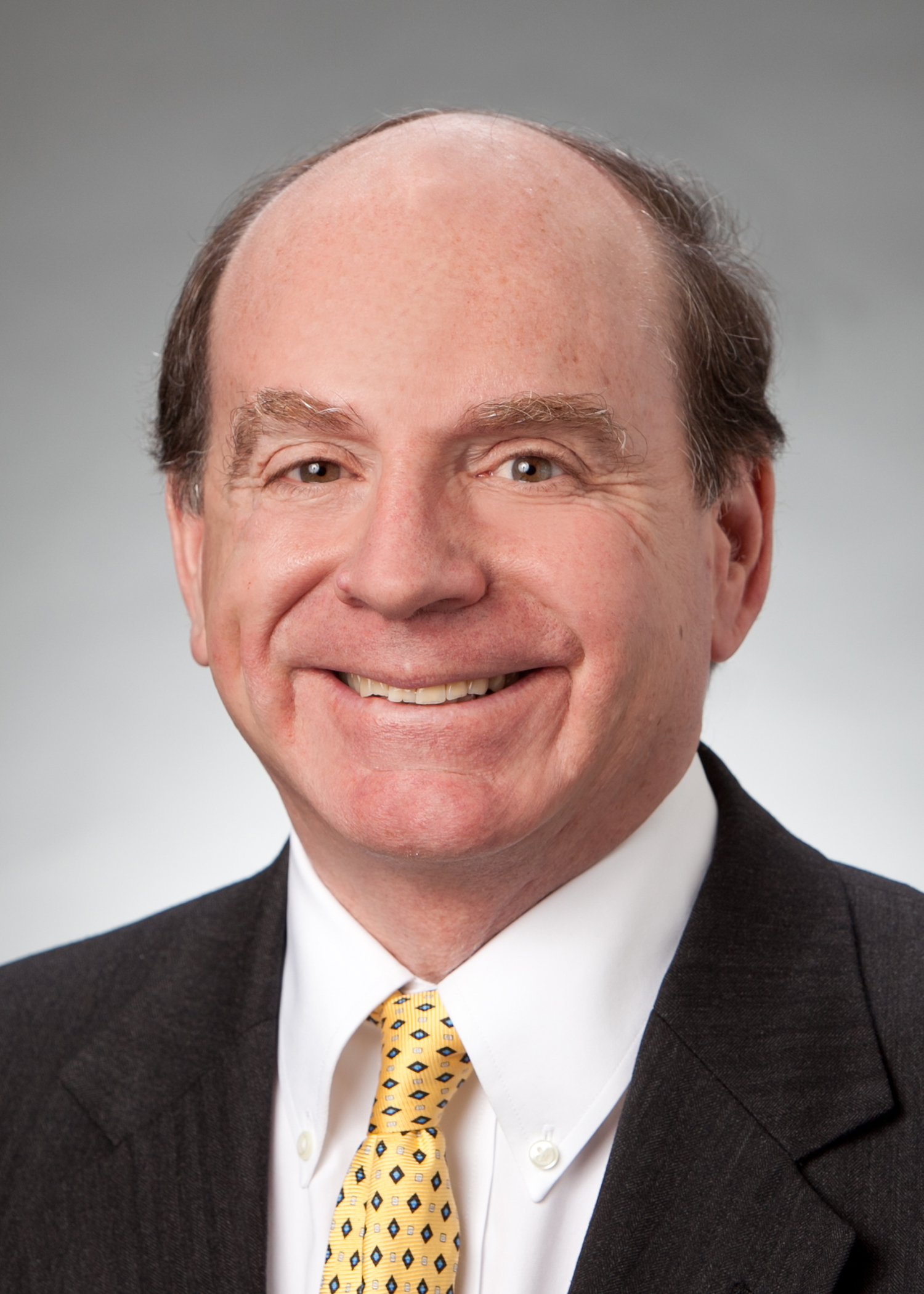The CMS-mandated bundled payment model for hip and knee replacements, called the "Comprehensive Care for Joint Replacement model," began this past April 2016.
Christopher J. Donovan and C. Frederick Geilfuss II, both partners at the law firm Foley & Lardner, spoke with Becker's Spine Review about how hospitals can prepare for the model's second performance year, slated to go into effect Jan. 1, 2017. The CJR model, which encompasses inpatient surgeries for Medicare beneficiaries within 67 selected geographic areas, is the first-ever mandatory bundled payment program issued by CMS.

Here's what they had to share:
1. Understand the hospital's responsibility. The CJR model mandates that the roughly 800 participating hospitals are financially accountable for the cost and quality of a patient's entire CJR episode of care, from hospitalization to 90 days after discharge.
The model's ultimate goal is to improve and standardize the cost and quality of joint replacements; however, in the process, hospitals will take on a substantial amount of financial risk. The initial facility that a patient is hospitalized at, often called the "anchor hospital," will shoulder the cost of patient complications, readmissions and post-acute care.
To address this risk, CMS encourages hospitals to increase collaboration with other providers throughout the episode of care.
"The program is going to encourage hospitals to share risk with physicians and post-acute providers," Mr. Donovan says. "We're anticipating it will create some new redesign in care management and in the way patients are treated."
2. Check your regional benchmarks. At the end of each of the CJR model's five performance years, the anchor hospital may receive an additional payment from Medicare or be required to repay Medicare.
This decision is determined by how the facility's spending compares to CMS' established price targets. In the model's first year, which ends Dec. 31, 2016, bundled prices were primarily established based upon the hospital's own price estimates; these benchmarks will transition year by year, until 2019, when bundled pricing will be entirely based on the region in which the hospital is located.
"In the fourth and fifth years of the program, you really have to be at or above average in the region, or the hospital risks owing money back," Mr. Geilfuss explains.
3. Conduct a cost assessment — early. Since all participating hospitals will have to bring their cost of care for the episode down to the regional average, hospitals can conduct internal assessments now, to see how their pricing stacks up.
"If a hospital is below regional pricing already, that's a good thing," Mr. Donovan says. "If it's way above regional pricing, that's obviously a bad thing, but it gives the hospital an idea of where it is and what it has to do."
For a typical CJR episode, 35 percent to 40 percent of the cost is from the initial hospital's charges for the surgery, while another 30 percent to 35 percent of the cost is from post-acute providers, according to Mr. Geilfuss. The remainder of the cost is from aspects of care like physician ancillary services and readmissions charges.
"We recommend really trying to break down and understand the component costs of the episode, to see where you can control the costs to bring them into line," Mr. Geilfuss says. "Hospitals can also collaborate, particularly with post-acute providers, to manage the costs throughout the whole episode."
4. Establish a care network. After conducting an initial cost assessment for the hospital, Mr. Donovan and Mr. Geilfuss suggest collecting data on cost and quality for referring physicians and local post-acute providers.
This data can identify healthcare groups with efficient and high-quality services that help to reduce cost-driving complications, like readmissions. "The collaboration has to start from the bottom up, before you can get into sharing the upside and downside risks," Mr. Donovan says.
Hospitals can also research which post-acute care sites are the most cost effective; for example, by choosing home care over nursing homes or long-term acute hospitals, when clinically appropriate. "Hospitals can reach out to home care agencies to get them involved in the process sooner," Mr. Geilfuss says. "These agencies can incentivize patients to adhere to care protocols while providing savings on the overall cost of the episode."
Mr. Donovan emphasizes that the CJR model has quality requirements to prevent against cutting corners. In order to take advantage of the three day minimum hospital stay waiver prior to discharge to a skilled nursing facility for Medicare coverage, for example, all nursing homes that collaborate with hospitals are required to maintain a three-star minimum rating on the CMS website.
"It's a question of establishing quality partners who can provide quality outcomes," he says.
5. Consider expanding bundled payments. With bundled payments gaining traction across the healthcare industry, hospitals may want to consider transitioning other specialties away from fee-for-service pricing.
"CMS has already announced a cardiac program that is closely modeled after CJR," Mr. Geilfuss says. "CJR is going to be the model of a type of program that CMS will utilize more and more, so understanding the mechanisms of how you can be successful in the program will be useful."
CMS has set its sights on bundled payments, according to Mr. Donovan, because it encourages collaborative provider care through incentives designed to produce better outcomes, while also saving money for Medicare.
"These bundled payment methodologies are a game changer," Mr. Donovan says. "We're sort of at a tipping point with the whole healthcare payment system. We think this is going to be just the very beginning of a very strong movement in favor of bundled payments."


